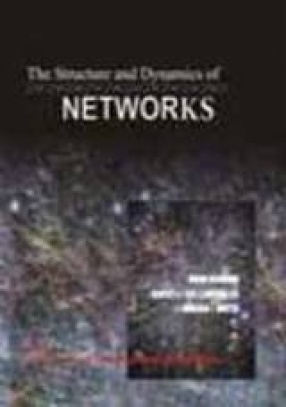This excellent collection of papers will provide great one-stop shopping to those working in the evolving world of network research. It may very well become a standard resource for the growing number of courses on networks now beginning to pervade curricula. Indeed, a current difficulty in teaching such a course is that there are no good texts, and a quick look around the Web reveals that almost all these courses are taught using research papers, many of which appear in this collection.—Dan Rockmore, Dartmouth College
I read this anthology with great interest. The editors took pains to locate (and even translate)a significant number of papers predating the recent surge of interest in the science of networks, and they do a fine job of clarifying what exactly is new (and what is not so new)in the modern approach as reflected in the vast literature on the subject. The introduction to each section nicely summarizes the main findings of the featured articles. —Sergei Maslov, Brookhaven National Laboratory
From the Internet to networks of friendship, disease transmission, and even terrorism, the concept—and the reality—of networks has come to pervade modern society. But what exactly is a network? What different types of networks are there? Why are they interesting, and what can they tell us? In recent years, scientists from a range of fields—including mathematics, physics, computer science, sociology, and biology—have been pursuing these questions and building a new "science of networks." This book brings together for the first time a set of seminal articles representing research from across these disciplines—much of it hard to find, and some of it available here for the first time in English. It is an ideal sourcebook for the key research in this fast-growing field.
The book is organized into four sections, each preceded by an editors’ introduction summarizing its contents and general theme. The first section sets the stage by discussing some of the historical antecedents of contemporary research in the area. From there the book moves to the empirical side of the science of networks before turning to the foundational modeling ideas that have been the focus of much subsequent activity. The book closes by taking the reader to the cutting edge of network science—the relationship between network structure and system dynamics. From network robustness to the spread of disease, this section offers a potpourri of topics on this rapidly expanding frontier of the new science.





There are no reviews yet.